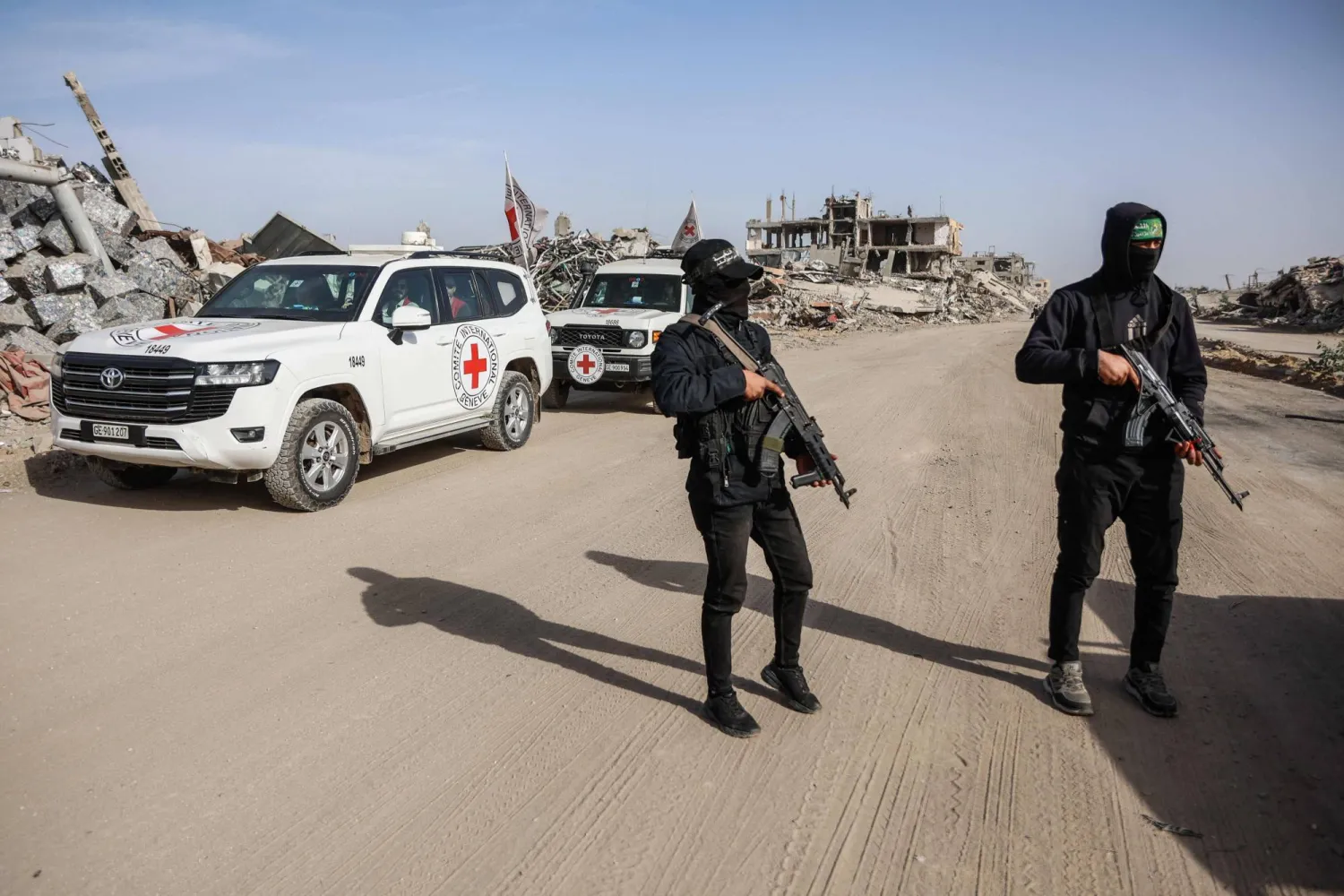Syria's de facto leader Ahmed al-Sharaa congratulated US President Donald Trump on his inauguration in a statement on Monday, saying he is looking forward to improving relations between the two countries.
"The past decade has brought immense suffering to Syria, with the conflict devastating our nation and destabilizing the region. We are confident that he is the leader to bring peace to the Middle East and restore stability to the region".
The US, Britain, the European Union and others imposed tough sanctions on Syria after a crackdown by ousted President Bashar al-Assad on pro-democracy protests in 2011 that spiraled into civil war.
In early January, Washington issued a sanctions exemption for transactions with governing institutions in Syria for six months in an effort to ease the flow of humanitarian assistance.
Syria welcomed the move, but has urged a complete lifting of sanctions to support its recovery.









